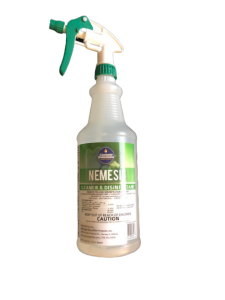
Latest News
- It’s Not Magic—It’s ADVANAGE
- 1 Bottle. 20 Uses. Zero Nonsense
- Not All “Wonder Cleaners” Are Created Equal — Here’s Why
- Thankful. Blessed. And Extra Grateful for Our Customers
- Happy Thanksgiving
- Mom Life is Messy. Your Cleaner Shouldn’t Be
- Why Advanage the Wonder Cleaner® Is the Smart Choice for Every Home
- When Guests Say ‘Your House Smells So Fresh!
Contact Us
Tags
20X Multipurpose Cleaner
Advanage
ADVANAGE 20X
Advanage 20x multi-purpose cleaner
Advanage 20X Multipurpose Cleaner
ADVANAGE 20X Wonder Cleaner
Advanage Diversified Products
Advanage Nemesis Disinfectant
ADVANAGE The Wonder Cleaner
advanage wonder cleaner
all purpose cleaner
A multipurpose cleaner
Carpet Spot Remover
cleaner
cleaning
cleaning power
Cleaning Products
Cleaning Routine
cleaning solution
Cleaning with Advanage 20x
Cleaning your Bathtub
CLEAN YOUR BBQ GRILL
Commercial Clean Up
Disinfectant
Distribution Opportunities
Distributors
eco-friendly cleaning
ECO cleaning products
Eco Friendly
Eco Friendly Advanage 20X
eco friendly cleaner
green cleaning
home cleaning
joblessness
Keeping Your Home Clean
multi-purpose cleaner
multipurpose cleaner
multi purpose cleaner manufacturers
Nathan T. Edwards
Providing Jobs
Reseller Program
Sell Advanage
the Wonder Cleaner
Tire Mark Removal
Training unemployed
 The Coronavirus COVID-19 pandemic has driven all of us into isolation, seclusion, and uncertainty. We’ve been told to wash our hands, wear masks, muzzle our coughs, and keep everyone at a distance.
The Coronavirus COVID-19 pandemic has driven all of us into isolation, seclusion, and uncertainty. We’ve been told to wash our hands, wear masks, muzzle our coughs, and keep everyone at a distance. 
